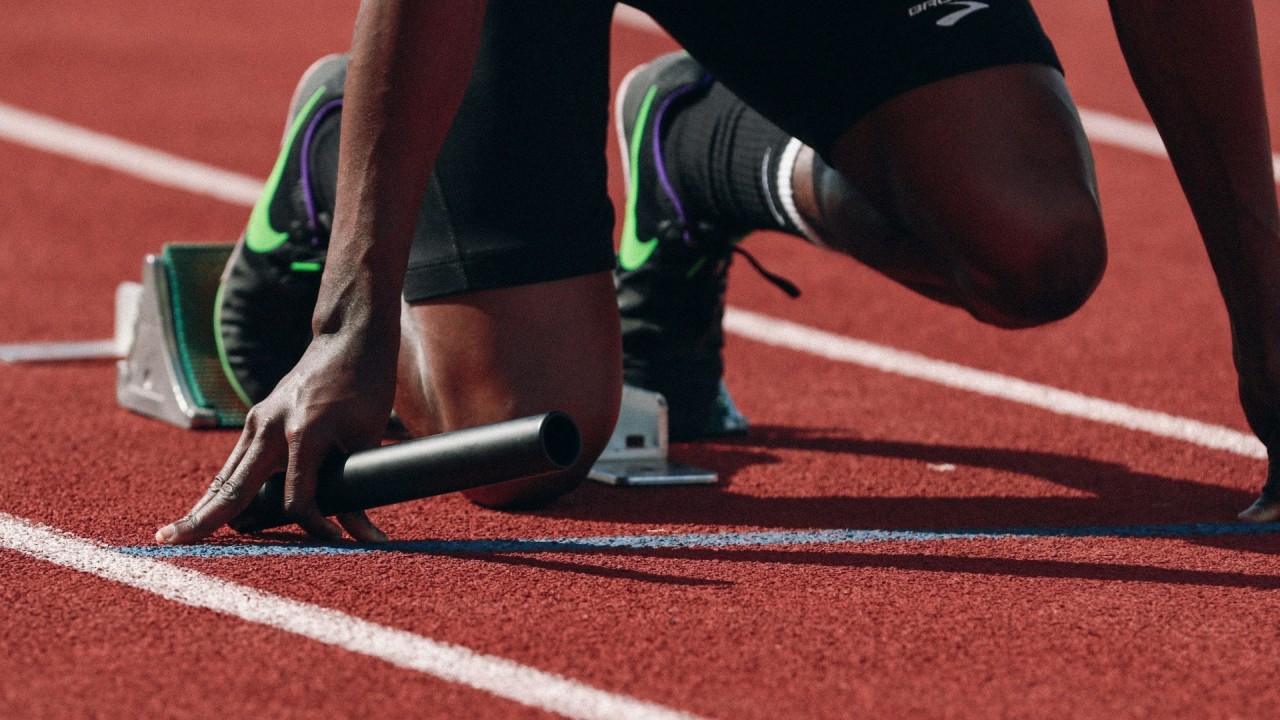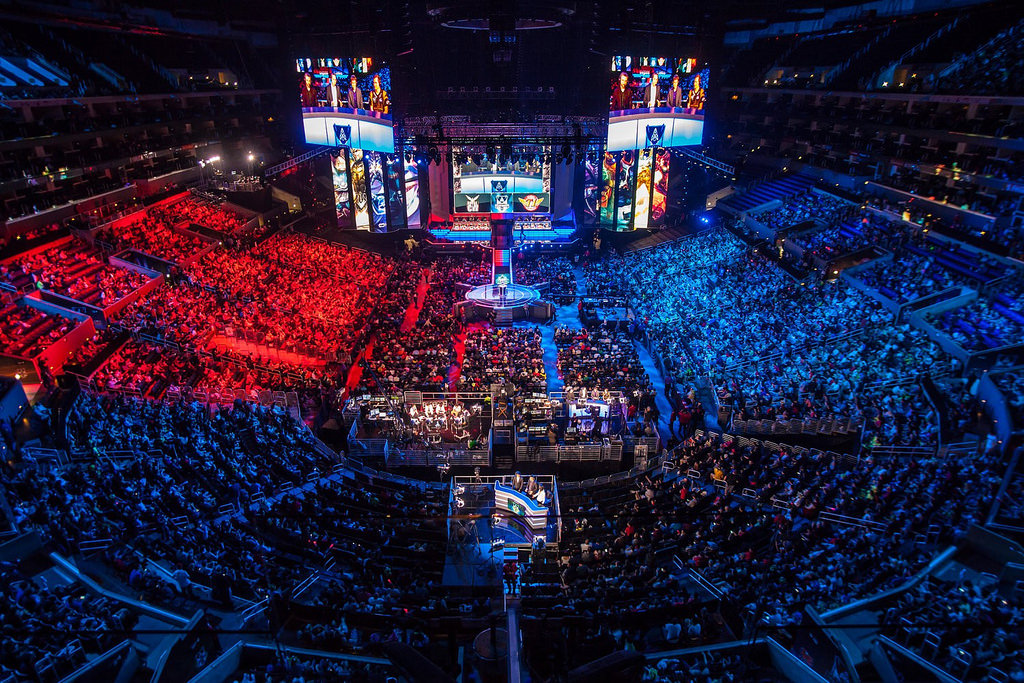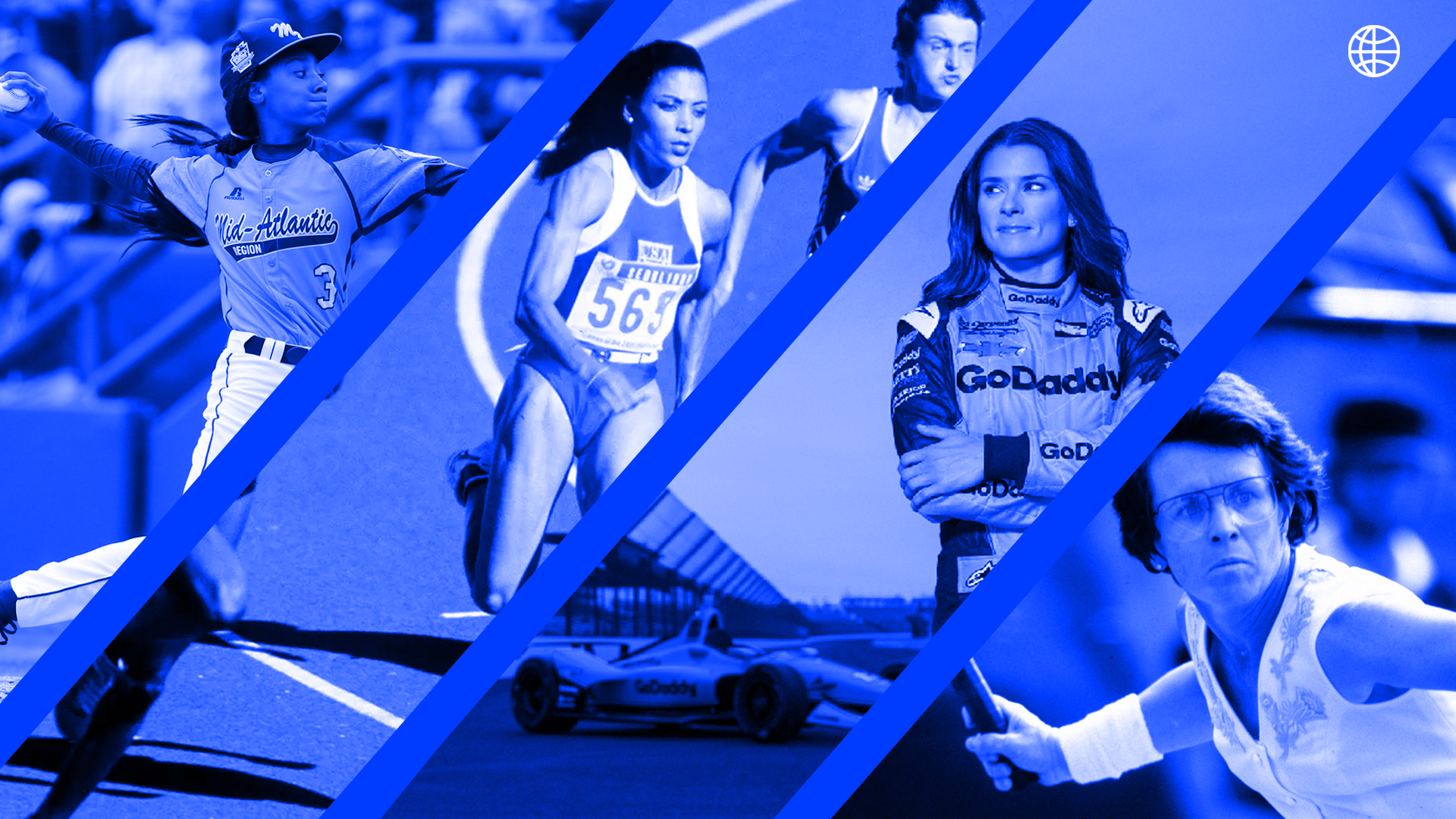The Science Behind Peak Athletic Performance: How Elite Athletes Train, Eat, and Think

Elite athletes are often seen as superhumans—capable of pushing the limits of what seems physically and mentally possible. Whether it’s a sprinter completing 100 meters in under 10 seconds, a tennis player competing for five hours straight, or a footballer playing at high intensity for 90+ minutes, peak athletic performance is the product of a complex combination of science, strategy, and relentless discipline. In this article, we delve deep into how top athletes train, eat, recover, and think, drawing on sports science to understand what makes them great.
1. The Foundations of Physical Training
Periodization and Training Cycles
Elite athletes don’t train the same way year-round. Their programs are structured using a method called periodization, which breaks the training year into cycles: preparatory, competitive, and transition phases. Each phase focuses on specific goals—building endurance, increasing strength, sharpening skills, or promoting recovery. This systematic approach ensures continuous improvement while minimizing the risk of overtraining.
Sport-Specific Conditioning
A sprinter and a marathoner may both be runners, but their training is worlds apart. Sprinters prioritize explosive power, fast-twitch muscle development, and neuromuscular coordination. In contrast, endurance athletes emphasize aerobic capacity, lactate threshold, and muscle efficiency. Even within team sports like football or basketball, positional roles dictate different conditioning requirements.
Strength and Resistance Training
Strength training is no longer just for bodybuilders—it’s a fundamental part of nearly every elite training program. Resistance training improves muscular strength, joint stability, injury resistance, and even speed and agility. Athletes use a variety of modalities including barbells, resistance bands, bodyweight exercises, and functional movement patterns.
2. Recovery: The Unsung Hero
Training breaks down the body; recovery builds it back stronger. Athletes now spend almost as much time recovering as they do training. Recovery methods are increasingly science-based and personalized.
Sleep as Performance Enhancer
Studies consistently show that quality sleep is one of the most powerful performance enhancers. Deep sleep supports muscle repair, hormone regulation, and cognitive function. Many professional teams now employ sleep coaches, use wearable sleep trackers, and design sleep-friendly travel schedules for athletes competing internationally.
Active Recovery and Mobility
Instead of complete rest, athletes often engage in active recovery such as light cycling, yoga, or swimming. These activities promote blood flow and reduce muscle stiffness without adding stress. Mobility routines that target joints and connective tissues are also vital, especially in injury prevention.
Massage, Cryotherapy, and Compression
Many athletes incorporate high-tech recovery strategies like cryotherapy (cold therapy), compression garments, and deep tissue massage to flush out metabolic waste and reduce inflammation. These techniques accelerate recovery and allow for higher training volumes over time.
3. The Role of Nutrition and Hydration
Nutrition is the fuel that drives training adaptation and peak performance. What athletes eat before, during, and after exercise is now a meticulously planned science.
Macronutrients: The Essentials
- Carbohydrates provide energy, especially for high-intensity efforts. Elite athletes often carb-load before long competitions to maximize glycogen stores.
- Proteins are essential for muscle repair and recovery. Timed protein intake (especially post-workout) can boost recovery rates.
- Fats support hormone production and long-duration energy, particularly in endurance sports.
Micronutrients and Supplementation
Vitamins and minerals, such as iron, magnesium, and vitamin D, play roles in energy metabolism, oxygen transport, and muscle contraction. Blood testing is often used to monitor levels and guide supplementation.
Hydration Strategies
Dehydration—even as little as 2% body weight—can drastically impair performance. Top athletes monitor hydration through urine color, weight tracking, and even sweat composition analysis. Electrolyte replacement is also key during long events, especially in hot conditions.
4. Mental Conditioning and Mindset
Physical preparation alone is not enough. The world’s top athletes also train their minds to focus, endure, and thrive under pressure.
Visualization and Mental Rehearsal
Athletes often use visualization techniques to mentally rehearse races, games, or routines. This primes the nervous system, builds confidence, and improves focus. For example, Olympic swimmers might mentally “swim” their entire event before even stepping onto the platform.
Managing Pressure and Anxiety
High-stakes competition can induce crippling pressure. Sports psychologists teach techniques such as breathing control, self-talk, and mindfulness to help athletes stay grounded and composed during performance.
Goal Setting and Motivation
Elite athletes break down long-term goals into actionable short-term targets. They track progress meticulously and often use journaling, performance logs, or coaching apps. Intrinsic motivation—driven by love of the sport and desire for mastery—is what sets champions apart.
5. Technology in Modern Sports Training
Wearables and Data Tracking
GPS trackers, heart rate monitors, and motion sensors are now embedded into training gear. These devices track distance, speed, acceleration, fatigue, and even muscle load. Coaches and analysts use this data to refine strategies and detect performance trends.
Biomechanics and Video Analysis
High-speed video analysis allows athletes to see minute details of their technique. In sports like golf, tennis, and baseball, tiny adjustments can translate to big performance gains. Motion capture and AI now automate much of this analysis in real-time.
Virtual Reality and Simulation
VR training tools help athletes mentally and physically rehearse scenarios. Quarterbacks, for instance, can “read” defenses without stepping on the field, while race car drivers use simulators to master tracks before race day.
6. Injury Prevention and Rehabilitation
Injury can derail an athlete’s career. Therefore, preventing and managing injuries is a cornerstone of elite sports science.
Screening and Risk Assessment
Athletes undergo regular screenings for muscle imbalances, joint restrictions, and movement dysfunctions. Corrective exercises are then prescribed to reduce injury risk. These assessments can also predict potential issues before symptoms arise.
Load Management
Overtraining is a common cause of injury. Load management techniques balance intensity and volume to ensure athletes get enough stress for adaptation without tipping into fatigue. Recovery scores and heart rate variability (HRV) are commonly used metrics.
Rehabilitation Protocols
When injuries do occur, recovery is now more precise and science-based. Rehab involves progressive loading, pain neuroscience education, and return-to-play testing. Many teams employ physical therapists, osteopaths, and biomechanists to coordinate care.
7. Case Studies of Peak Performers
LeBron James: Longevity Through Investment
NBA legend LeBron James reportedly spends over $1 million a year on his body, including cryotherapy, personal chefs, biomechanical assessments, and recovery specialists. At nearly 40 years old, he’s still performing at the top level—thanks to rigorous maintenance and adaptation.
Eliud Kipchoge: The Perfect Marathoner
The Kenyan marathoner broke the 2-hour marathon barrier in 2019 (under special conditions). His training combines high-altitude runs, consistent volume, and a minimalist lifestyle. He is known for his mental discipline and mantra: “No human is limited.”
Simone Biles: Mental Health and Excellence
Despite being the most decorated gymnast in history, Simone Biles took a powerful stand in 2021 by prioritizing mental health over competition. Her decision spotlighted the pressures elite athletes face and changed how we view success and vulnerability in sport.
8. The Future of Athletic Performance
Genetic Testing and Personalized Programs
DNA testing is beginning to inform training protocols. Genes related to power, endurance, recovery, and even injury risk can now guide individualized plans, although this field is still emerging and controversial.
AI-Driven Coaching
Artificial intelligence is revolutionizing sports analytics. From real-time decision-making in games to predicting injury risk and optimizing tactics, AI will increasingly be part of every athlete’s support system.
Space-Age Recovery and Nutrition
Technologies like hyperbaric oxygen therapy, peptide therapies, and synthetic foods could become mainstream. Already, plant-based diets and novel proteins are being explored by athletes aiming for sustainable performance.
Conclusion: Human Limits Are Meant to Be Redefined
The pursuit of athletic excellence continues to push the boundaries of what we thought was possible. Through the fusion of science, technology, and human determination, today’s elite athletes are not just winning—they’re evolving. Every sprint, serve, and shot is backed by an intricate web of support systems and strategies designed to extract the very best from the human body and mind.
Whether you’re an aspiring athlete, a coach, or simply a sports enthusiast, there is much to learn from the way champions live, train, and think. Because ultimately, greatness isn’t just about talent—it’s about systems, habits, and a relentless drive to improve.
The game is always changing. Are you ready to evolve with it?





